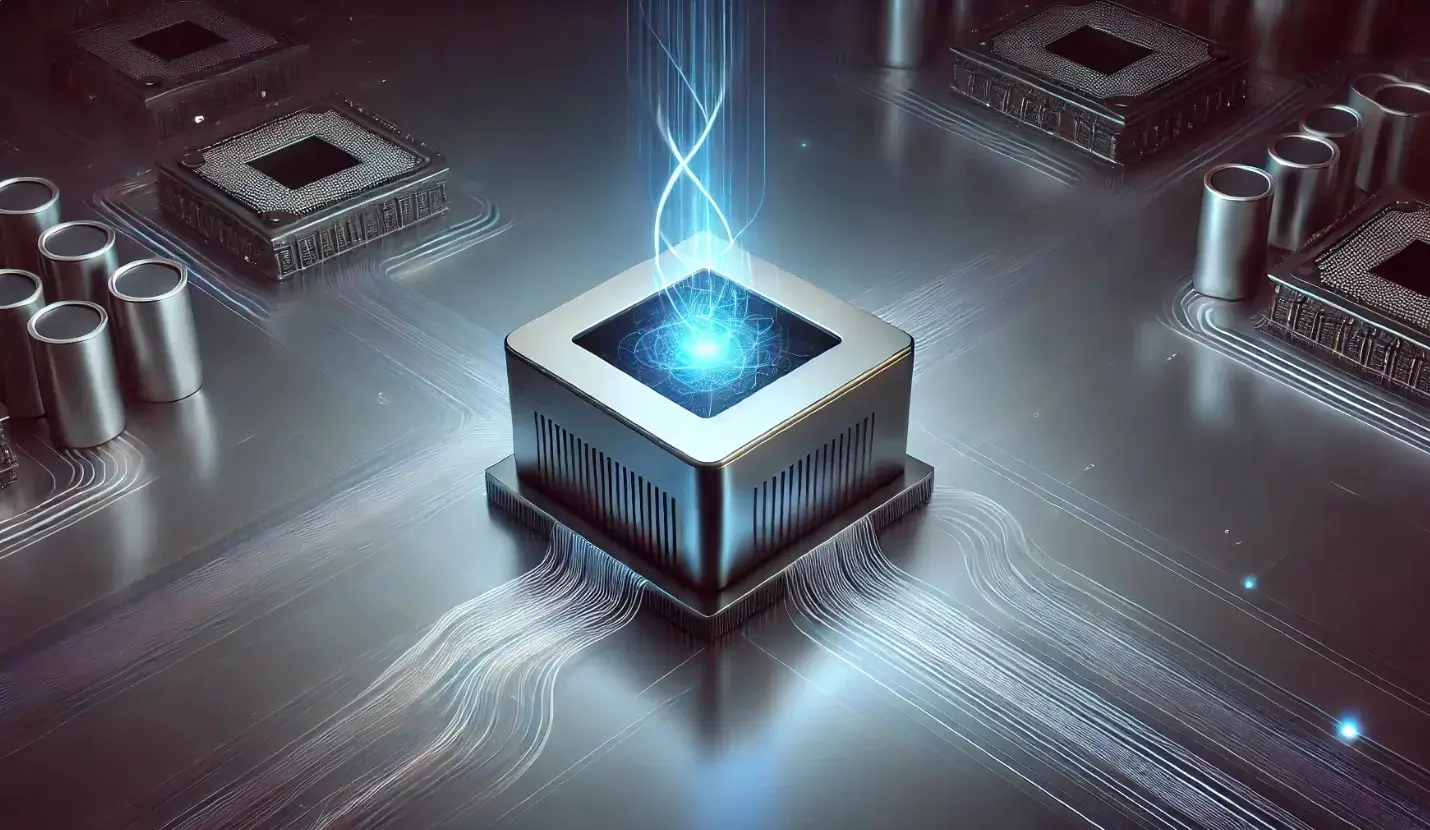IBM has recently unveiled its latest quantum processor, the "Nighthawk," marking a significant step forward in the pursuit of practical and powerful quantum computing. This 120-qubit superconducting processor is designed to execute more complex circuits with greater efficiency than its predecessors, bringing IBM closer to achieving quantum advantage.
The Nighthawk chip represents a departure from IBM's earlier "heavy-hex" qubit layout, adopting a dense square lattice design where each qubit connects to four neighbors via 218 improved tunable couplers. This architecture constitutes a 20% increase in couplers compared to the previous Heron processor, enabling scientists to explore problems requiring up to 5,000 two-qubit gates, which are fundamental for quantum computations. IBM anticipates future Nighthawk iterations to deliver 7,500 gates by the end of 2026 and 10,000 gates in 2027. By 2028, Nighthawk-based systems could potentially support 15,000 two-qubit gates using over 1,000 connected qubits extended through long-range couplers.
IBM also introduced the IBM Quantum Loon, an experimental processor showcasing all necessary components for fault-tolerant quantum computing. The company hopes to deliver its first fault-tolerant quantum computing chip, called Starling, by 2029, followed by a 2,000-qubit Blue Jay chip by 2033. These advancements underscore IBM's commitment to building a large-scale, fault-tolerant quantum computer by 2029.
The Nighthawk's architecture is designed to complement IBM's quantum computing software stack, with the goal of achieving quantum advantage by the end of 2026. Quantum advantage refers to the point when a quantum computer can solve a problem more efficiently than any classical computer.
IBM is also contributing to a new community-led quantum advantage tracker, supported by Algorithmiq and researchers from the Flatiron Institute and BlueQubit. This tracker supports experiments for quantum advantage across observable estimation, variational problems, and problems with efficient classical verification, inviting contributions from the wider research community.
These recent developments from IBM arrive amidst advancements from competitors like Quantinuum and Google. Google, for instance, announced its "Quantum Echoes" algorithm for its Willow chip in 2025. While Google focuses on connecting qubits in smaller groups, IBM is dedicated to scaling quantum software, hardware, fabrication, and error correction to unlock transformative applications.



















